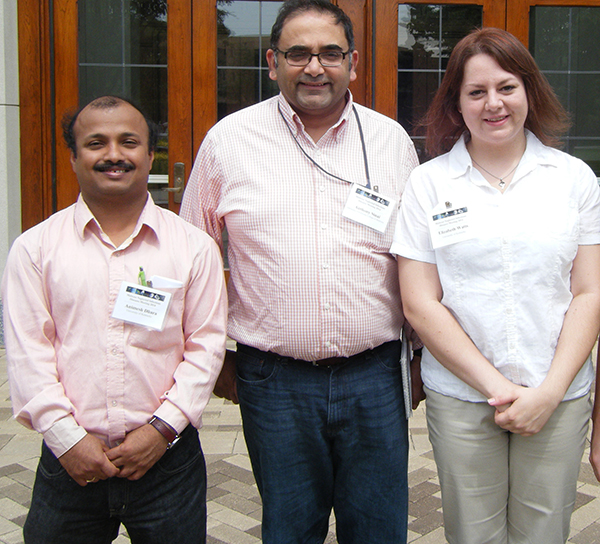UK Researchers Find “Dormant” Parasite Cysts Are Actually Quite Active
A new University of Kentucky study in the journal mBio shows that tissue cysts of the parasite Toxoplasma gondii, long thought to be dormant, are quite active.
Led by Anthony Sinai, professor at the UK College of Medicine, the study has significant implications on the understanding of chronic toxoplasmosis in the brain, a condition suggested to contribute to a range of neurological diseases including schizophrenia in humans, and the modulation of behavior in rodents.
Toxoplasmosis can be acquired from the droppings of infected cats as well as the consumption of tissue cyst contaminated meat,infects roughly one-third of the human population. Infected individuals rarely show symptoms as their immune systems tackle the actively growing parasite.
However, the immune system never clears the parasite. Immunity causes the parasite to morph into the “dormant” tissue cyst form, leading to a life-long chronic infection. Unfortunately, conditions leading to compromised immunity – such as HIV/AIDS, organ transplantation and chemotherapy – can cause reactivation that can be life-threatening. Until this study these enigmatic tissue cysts remained largely unstudied on account of the technical challenges their study presented.
The study required not only the development of novel methodologies, but also an entirely new mindset toward tackling a problem that remained largely untouched for decades. These approaches include an imaging application developed by the group of UK College of Engineering Professor Abhijit Patwardhan that permitted the actual quantification of individual parasites within cysts for the first time. This advance, together with other experiments, has led to new insights that reveal not only direct evidence for parasite growth, but also a surprising level of coordination of that growth within the cysts.
“This fundamentally alters our understanding of chronic toxoplasmosis,” Sinai said.
Ongoing collaboration between the Sinai and Patwardhan groups aims at the refinement of computational approaches to model these newly discovered growth characteristics. These insights will will provide new impetus for drug development against a form of the parasite that has been resistant to all treatments to date.
"We hope that defining parasite growth properties in cysts will allow researchers to begin crafting new targeted therapies clear the parasite burden in immune-compromised patients," said Elizabeth Watts, lead author on the study. "Additionally, this work emphasizes the value of collaboration between different disciplines to make exciting new discoveries."
This study was supported by National Institute of Allergy and Infectious Diseases funding awards R21AI098371 and R21AI099509 awarded to Sinai and does not necessarily represent the views of the National Institutes of Health.
MEDIA CONTACT: Allison Perry, (859) 323-2399 or allison.perry@uky.edu
